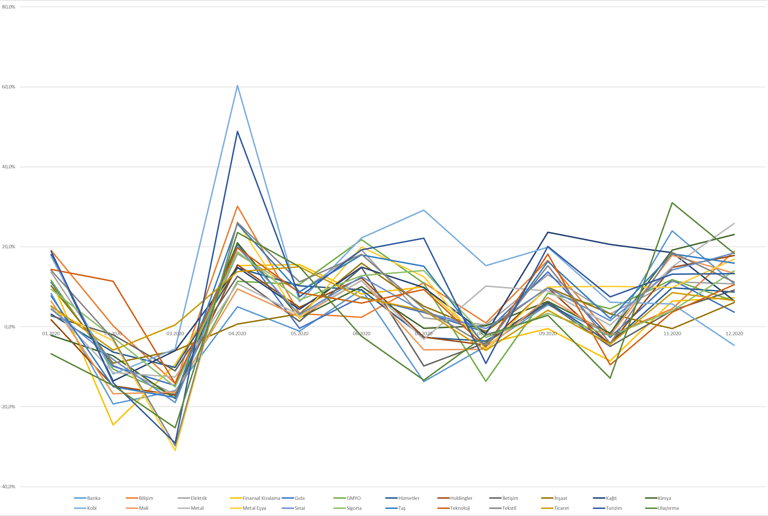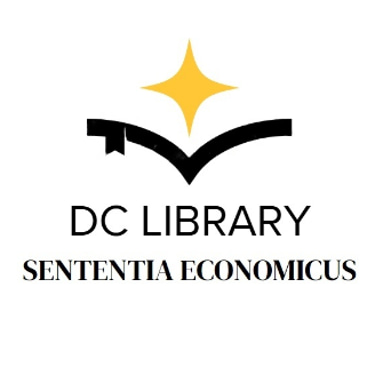About BIST100
This post shows some performance metrics and statistics about XU100 index.
FINDINGS
Doğukan CANBAZLAR, ChatGPT
6/1/20246 min read


The BIST 100 is the most important Turkish stock index. The abbreviation BIST stands for Borsa Istanbul (Istanbul Stock Exchange). The BIST 100 provides information on the share price performance of the 100 largest companies on the Istanbul Stock Exchange. It thus reflects the market segment for Turkish blue chips and is the leading index for the Turkish stock market.
Foundation: 1986
Market cap: 247.8 billion US$ (2024)
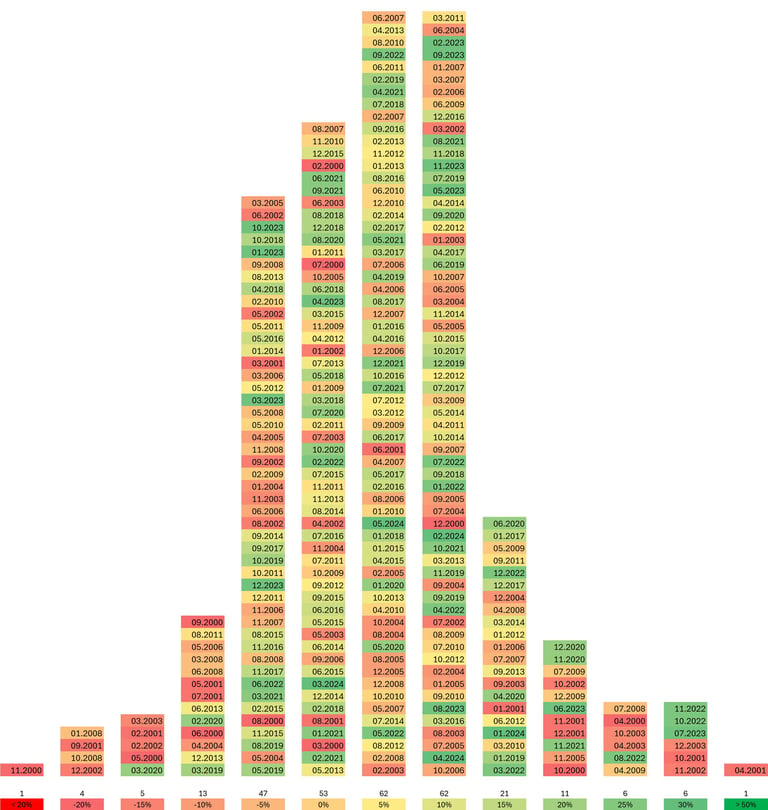

XU100 Stock returns from 2000 to 2024
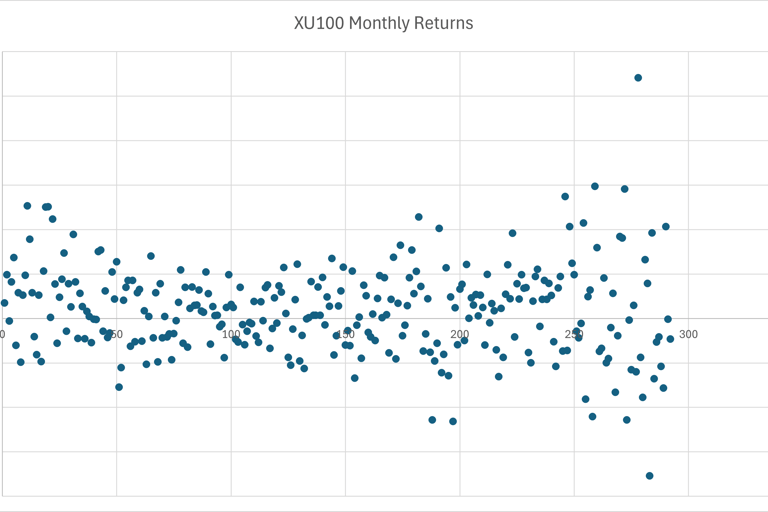

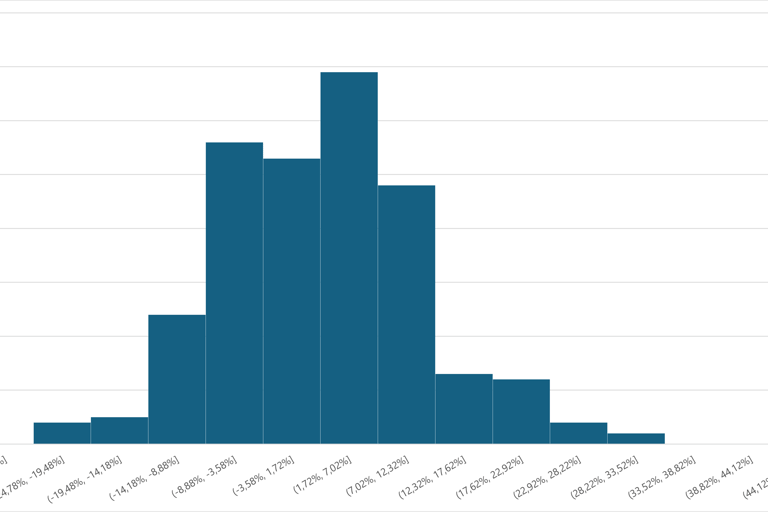

The distribution of XU100 index % changes from 01.2000 to 05.2024 by months.
Over the course of 292 months, BIST100 makes monthly on average 1.91% return.
After 2020, BIST100 makes 4.68 % return in 53 months.
Overall change is around 6738 % in 8886 days.
Considering inflation figures, buy and hold the index made good performance. On the other hand index is only made 683% until 2020. So, it took 2 decade. But after 2020 thanks to QE and record high inflations, makes nominal change of the index 759 %.
So, just looking to the nominal change makes less sense when we consider other effects such as inflation.

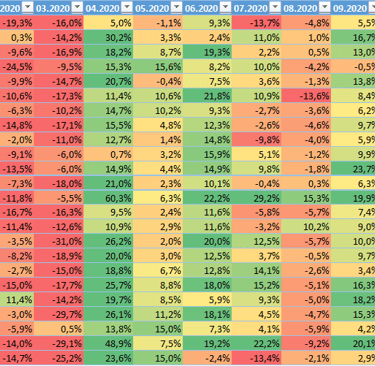
Let's see what happened in 2020
Interpreting Economic Events and Sector Returns in Turkey (2020)
Currency Depreciation and Export-Oriented Sectors:
Economic Context:
Lira Depreciation: Persistent currency weakening, particularly in the first half of the year, impacting import costs and inflation.
Interpretation:
Positive Effects:
Export Sectors: Sectors with significant export exposure, such as Tekstil, Metal, and Kağıt, benefited from the depreciation, making their products more competitive in international markets. This contributed to their positive returns throughout the year as they capitalized on increased demand for Turkish goods abroad.
Negative Effects:
Import-Dependent Sectors: Conversely, sectors heavily reliant on imports for raw materials or equipment, such as Metal Eşya and Teknoloji, faced challenges due to higher input costs. This led to mixed performance and increased volatility in these sectors.
COVID-19 Pandemic and Domestic Consumption:
Economic Context:
Lockdown Measures: Implementation of lockdowns and social distancing measures to contain the spread of COVID-19, leading to disruptions in economic activities.
Interpretation:
Positive Effects:
Essential Goods: Sectors producing essential goods like Gıda and Hizmetler experienced relatively stable demand and positive returns, as consumer spending shifted towards essential items during lockdowns.
Technology and Communication: Increased reliance on digital services and remote work during lockdowns boosted demand for technology and communication services, driving positive returns in sectors like Bilişim and İletişim.
Negative Effects:
Non-Essential Goods and Services: Sectors catering to non-essential goods and services, such as Turizm, Sigorta, and Finansal Kiralama, faced significant challenges due to reduced consumer spending and travel restrictions, leading to negative returns and revenue losses.
Government Stimulus and Sectoral Recovery:
Economic Context:
Fiscal Stimulus: Implementation of government stimulus packages to support businesses and individuals affected by the pandemic-induced economic downturn.
Interpretation:
Positive Effects:
Small and Medium Enterprises (SMEs): Sectors with strong SME presence, such as Kobi and GMYO, benefited from government support programs, leading to rapid recovery and positive returns as businesses adapted to the new economic environment.
Infrastructure and Construction: Sectors related to infrastructure and construction, including İnşaat and Elektrik, experienced growth due to government investments in public projects, leading to positive returns and increased demand for related services.
Negative Effects:
Financial Services: Despite government intervention, sectors like Banka and Sigorta faced challenges from reduced lending activity, increased credit risk, and market volatility, leading to mixed performance and cautious investor sentiment.
Monetary Policy and Financial Market Dynamics:
Economic Context:
Monetary Policy Shifts: Central Bank actions to stabilize the currency, control inflation, and maintain financial stability, including interest rate cuts and subsequent hikes.
Interpretation:
Positive Effects:
Interest Rate-Sensitive Sectors: Sectors benefiting from lower interest rates, such as Finansal Kiralama and Mali, experienced positive returns during rate-cut periods, while sectors like Banka and Sigorta saw improvements in profitability during rate-hike phases.
Exporters: With a more stable currency environment post-rate hikes, export-oriented sectors like Metal and Tekstil gained confidence, leading to positive returns as they capitalized on improved export conditions.
Negative Effects:
Importers and Borrowers: Sectors highly dependent on imports or borrowing, such as Teknoloji and Holdingler, faced challenges from higher borrowing costs and increased currency volatility, leading to mixed performance and increased risk exposure.
Overall, the interplay between macroeconomic events and sectoral returns in Turkey during 2020 underscores the complex dynamics shaping the country's economic landscape, with varying impacts across different sectors depending on their exposure to domestic and global factors.
Details by month:
January
Economic Events:
Lira Depreciation Begins: Early signs of currency weakening.
Geopolitical Tensions: Increased military involvement in Syria.
Sector Performance:
Positive Performance:
Bilişim (19.1%): Benefited from increased demand for digital services amid geopolitical uncertainty.
Kağıt (18.1%): Higher demand for paper products and packaging materials.
Kobi (17.6%): Small and medium enterprises' agility in adjusting to market changes.
Negative Performance:
Ulaştırma (-6.8%): Early impact of geopolitical risks on transportation and logistics.
February
Economic Events:
Continued Interest Rate Cuts: CBRT continues to lower rates.
Sector Performance:
Positive Performance:
Teknoloji (11.4%): Boost from low borrowing costs for tech investments.
Finansal Kiralama (11.7%): Increased leasing activities due to lower interest rates.
Negative Performance:
Finansal Kiralama (-24.5%): Market correction after previous high.
Kimya (-7.3%): Weaker demand for chemical products.
March
Economic Events:
COVID-19 Confirmed: First cases, initial lockdown measures.
Economic Slowdown: Significant contraction begins.
Sector Performance:
Positive Performance:
Ticaret (0.5%): Stable retail trade despite early pandemic effects.
Negative Performance:
Metal Eşya (-31.0%): Drastic decline in manufacturing due to lockdowns.
Tekstil (-29.7%): Sharp drop in consumer demand for non-essential goods.
Turizm (-29.1%): Severe impact on tourism sector from travel restrictions.
April
Economic Events:
Fiscal Stimulus: Government announces extensive measures.
Tourism Decline: Significant reduction in tourism revenues.
Sector Performance:
Positive Performance:
Kobi (60.3%): Small businesses benefitting from stimulus measures.
Turizm (48.9%): Initial recovery due to government support.
Bilişim (30.2%): Surge in demand for IT services amid remote work shift.
Negative Performance:
Kimya (-18.0%): Ongoing weak demand.
GMYO (-17.3%): Real estate struggles due to economic uncertainty.
May
Economic Events:
Credit Expansion: Continued efforts to boost liquidity.
Sector Performance:
Positive Performance:
Ticaret (15.0%): Retail sector benefits from credit expansion.
Ulaştırma (15.0%): Gradual recovery in logistics.
Finansal Kiralama (15.6%): Increased leasing activities.
Negative Performance:
Banka (-1.1%): Initial impact of economic contraction on banking sector.
June
Economic Events:
Partial Reopening: Easing of lockdown measures.
Rising Inflation: Driven by currency depreciation and high import costs.
Sector Performance:
Positive Performance:
Kağıt (14.9%): Demand for packaging increases with reopening.
GMYO (21.8%): Real estate starts to recover.
Kobi (22.2%): Continued benefit from stimulus and reopening.
Negative Performance:
Ulaştırma (-2.4%): Slow recovery in transportation.
July
Economic Events:
Forex Interventions: CBRT intervenes to support the lira.
Sector Performance:
Positive Performance:
Turizm (22.2%): Rebound in domestic tourism.
Kobi (29.2%): Strong recovery momentum.
Negative Performance:
Ulaştırma (-13.4%): Continued pressure on international logistics.
Banka (-13.7%): Banking sector struggles with currency volatility.
August
Economic Events:
Lira Record Lows: Sharp depreciation of the currency.
Widening Current Account Deficit: Driven by reduced tourism and high import costs.
Sector Performance:
Positive Performance:
Kobi (15.3%): Resilience and adaptability of small businesses.
Negative Performance:
GMYO (-13.6%): Real estate affected by economic instability.
Turizm (-9.2%): Ongoing challenges despite domestic tourism recovery.
September
Economic Events:
Monetary Policy Shift: CBRT signals tightening to address inflation.
Sector Performance:
Positive Performance:
Kağıt (23.7%): Strong demand for packaging.
Bilişim (16.7%): Continued high demand for digital services.
Negative Performance:
Kobi (19.9%): Still positive but facing challenges from tighter policy signals.
October
Economic Events:
Interest Rate Hike: CBRT raises rates to combat inflation.
Geopolitical Tensions: Eastern Mediterranean and Nagorno-Karabakh conflicts.
Sector Performance:
Positive Performance:
Kağıt (20.6%): Stable demand for packaging.
Finansal Kiralama (8.5%): Adjusting to higher interest rates.
Negative Performance:
Teknoloji (-9.5%): Market adjustment post-stimulus.
November
Economic Events:
Leadership Changes: New CBRT governor.
Further Rate Hikes: To stabilize currency and control inflation.
Sector Performance:
Positive Performance:
Ulaştırma (31.0%): Recovery in transportation.
Banka (24.0%): Banking sector benefits from tighter monetary policy.
Kimya (19.2%): Recovery in chemical demand.
Negative Performance:
Kobi (5.7%): Facing challenges from policy changes.
December
Economic Events:
Economic Recovery Efforts: Continued government initiatives.
Stock Market Volatility: Fluctuations in Borsa Istanbul.
Sector Performance:
Positive Performance:
Ulaştırma (18.4%): Ongoing recovery.
Banka (10.7%): Stabilizing with improved monetary conditions.
Kimya (23.1%), Metal (25.9%): Strong recovery in industrial sectors.
Negative Performance:
Kobi (-4.6%): End-of-year market corrections.
Note: Table will be corrected and improved in future.
